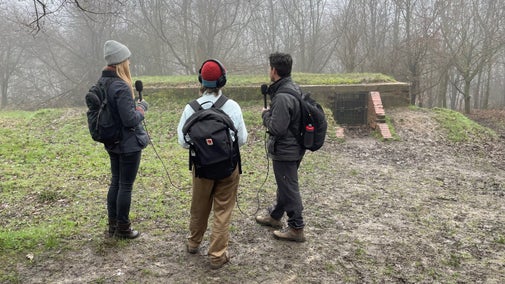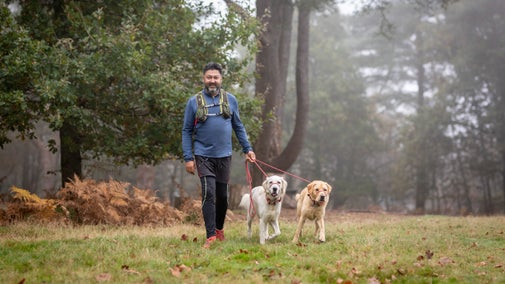
Become a member
Join today and help protect nature, beauty and history – for everyone, for ever. Enjoy access to more than 500 places with National Trust membership.
A spectacular escarpment with sweeping views across the Weald
Reigate Hill, Wray Lane, Reigate, Surrey, RH2 0HX

Tune in to the first episode of the Surrey Hills Podcast: 'A walk with a ranger'. Take a stroll with the National Trust’s archaeologist, James Brown, and discover how archaeology has helped unearth Reigate Hill’s important military past.

Surrey Hills is a one pawprint rated place. With a wide variety of paths and open spaces, the Surrey Hills are an ideal place to bring your dog for a walk. Here’s what to keep in mind to keep your dog and others safe.

If you would like to host an event on National Trust land, or your sporting event includes routes on National Trust land, please email us at: surreyhills@nationaltrust.org.uk. Please contact us at least twelve weeks before the event date. We know how important events are to organisers and participants. Please help us ensure events are safe and legal for both participants and our visitors.


Join today and help protect nature, beauty and history – for everyone, for ever. Enjoy access to more than 500 places with National Trust membership.